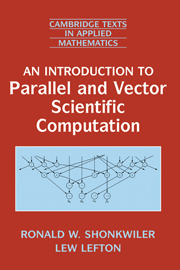High oscillation is everywhere and it is difficult to compute. The conjunction of these two statements forms the rationale of this volume and it is therefore appropriate to deliberate further upon them.
Rapidly oscillating phenomena occur in electromagnetics, quantum theory, fluid dynamics, acoustics, electrodynamics, molecular modelling, computerised tomography and imaging, plasma transport, celestial mechanics – and this is a partial list! The main reason to the ubiquity of these phenomena is the presence of signals or data at widely different scales. Typically, the slowest signal is the carrier of important information, yet it is overlayed with signals, usually with smaller amplitude but with considerably smaller wavelength (cf. the top of Fig. 1). This presence of different frequencies renders both analysis and computation considerably more challenging. Another example of problems associated with high oscillation is provided by the wave packet at the bottom of Fig. 1 and by other phenomena which might appear dormant (or progress sedately, at measured pace) for a long time, only to demonstrate suddenly (and often unexpectedly) much more hectic behaviour.
The difficulty implicit in high oscillation becomes a significant stumbling block once we attempt to produce reliable numerical results. In principle, the problem can be alleviated by increasing the resolution of the computation (the step size, spatial discretization parameter, number of modes in an expansion, the bandwidth of a filter), since high oscillation is, after all, an artefact of resolution: zoom in sufficiently and all signals oscillate slowly.




